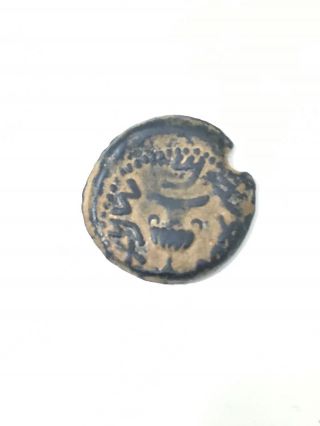


The metal discs were heated to soften it beforehand. Dies, or heavy stamps made of bronze and iron, were engraved with the details of the coin face, and these had to be pounded onto the flat mint to leave an impression. In the next stage of the process these plain minted discs needed to be decorated, and it was this that gave them the real finishing touch. Marking Roman Coins With Stamps or “Dies” Making Roman Coins, image courtesy of SEQAM Lab Hot Striking Metal The gold melting process, image courtesy of Business Insider Sometimes these were then pounded flat on a metal anvil to make sure they were really nice and smooth, ready for the next stage of the process. The cold striking process involved striking coins out of a cold, unheated sheet of metal, to create round discs that were flat on both sides. When making their coins, Romans used two different processes on metal – cold striking and hot striking.Ĭold Striking Metal Roman coins in gold and silver, image courtesy of Historic UK

The most popular and prevalent coin of the Roman Empire was the denarius, made from pressed silver it remained in circulation for an astonishing five centuries. Early Roman coins (from the 200s BCE) were made in bronze, but they later evolved to include silver, gold and copper in the coin-making process. They were made in a workshop space known as a mint, resembling a blacksmith’s shop. Romans made coins out of flat, round discs, or ‘mints’ of pressed metal, developing a technique now known as minting – in fact, we still use the term ‘minted’ to describe someone rich today! Nowadays the minting process is all done by machines in factories, but the Romans made their minted coins entirely by hand. Making Roman Coins: The Minting Process Denarius Roman coin featuring Emperor Augustus, image courtesy of APMEX


 0 kommentar(er)
0 kommentar(er)
